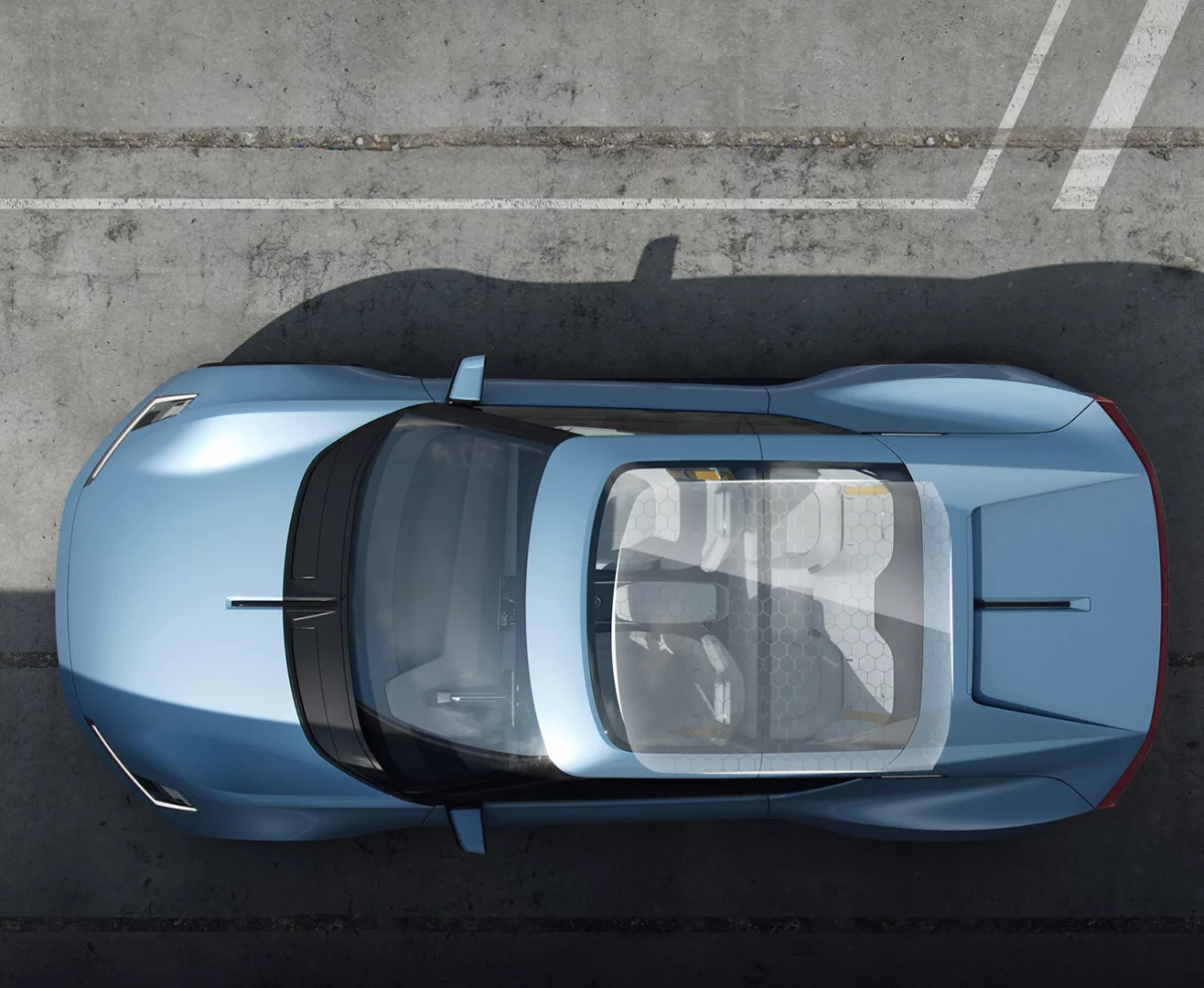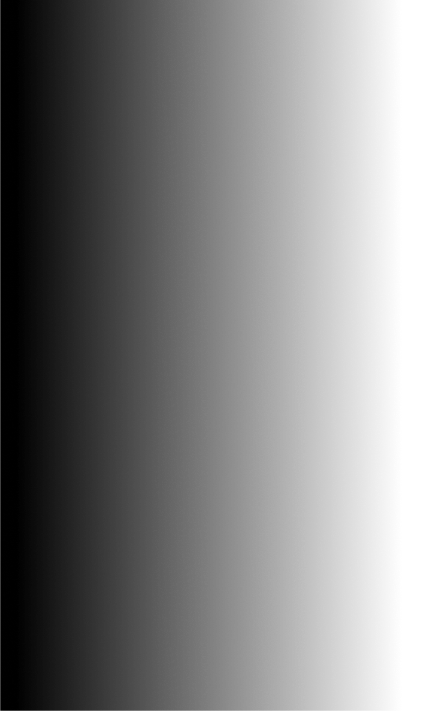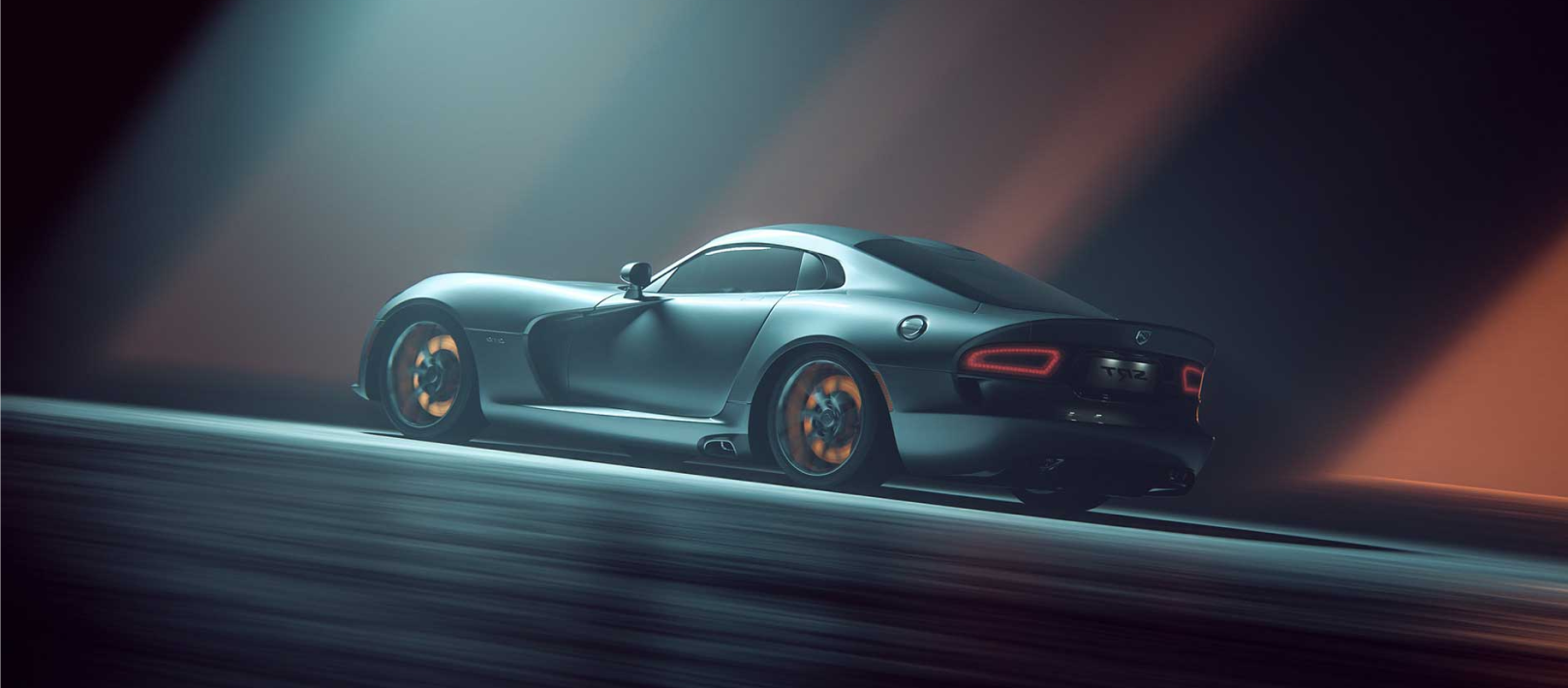What Does 35 Tint Look Like? Day and Night Visibility Explained
What Does 35 Tint Look Like? A Complete Guide to Visibility and Style
Car window tinting has become more than just a cosmetic upgrade. From blocking UV rays and reducing glare to enhancing privacy and protecting your car’s interior, tint film offers a wide range of benefits. Among the different tint percentages available, 35%, commonly referred to as 35 tint, is one of the most popular choices.
But what does 35 tint look like on a car? And more importantly, does it affect visibility at night? These are critical questions for drivers who want both function and style without compromising safety.
In this guide, we’ll take a close look at 35% window tint, how it performs in different lighting conditions, and how premium films from brands like TERMINAX enhance visibility while delivering professional results.

What Does 35 Tint Mean?
Before diving into appearances and performance, it’s helpful to understand what 35 tint actually means.
Window film is measured by its VLT (Visible Light Transmission) percentage. This number refers to how much visible light is allowed to pass through the window film and glass. A 35% tint allows 35 percent of visible light to pass through, meaning it blocks 65 percent of incoming light.
In simpler terms, the lower the VLT number, the darker the tint. A 5% tint (commonly called limo tint) is very dark, while a 70% tint is very light and nearly clear.
A 35% tint strikes a balance between a darker look and practical visibility, making it a popular middle-ground for drivers who want both aesthetics and comfort.
What Does 35 Tint Look Like During the Day?
During daylight hours, a 35% tint provides a sleek, modern look without being overly dark. It offers enough shading to noticeably reduce sunlight and glare, but it still allows people to faintly see inside the vehicle from close range.
Here’s what you can expect from 35 tint during the day:
- A moderately dark tone that enhances the exterior style of the car
- Reduced interior glare, improving driver comfort
- Increased privacy without a completely blacked-out appearance
- A clean, uniform look across all windows when applied professionally
From the outside, 35 tint looks like a medium-dark shade of gray or black. It won’t make your car look like a limo, but it will give it a more upscale and refined appearance.
From the inside looking out, 35% tint offers clear visibility while significantly reducing harsh sunlight and heat.
Does 35 Tint Affect Visibility at Night?
This is one of the most important concerns when choosing a window tint, and rightly so. Night driving requires maximum visibility for safety, especially in low-lit environments or poorly illuminated roads.
So, does a 35 tint affect your vision at night?
The answer: minimally. Among the darker legal tints, 35% is one of the most visibility-friendly options for night driving.
Here’s how it performs at night:
- The reduction in visible light is noticeable but not drastic
- Streetlights, headlights, and surrounding vehicles are still clearly visible
- Most drivers adjust quickly and do not experience significant difficulty after installation
However, it’s important to understand that any window tint, regardless of VLT, will slightly reduce nighttime visibility compared to untinted glass. But 35% is widely considered the best compromise between appearance and nighttime functionality.
TERMINAX Ceramic-X™ Window Film, especially those with advanced ceramic or hybrid layers, are designed to maintain superior optical clarity even in low-light conditions. This ensures a safer and more comfortable driving experience after sunset.
Is 35 Tint Legal?
In many states, 35% window tint is the darkest allowable tint for front-side windows. However, window tint laws vary significantly from state to state, especially regarding which windows can be tinted and how dark they can be.
Here’s a general breakdown:
- Front Side Windows: Many states allow 35% VLT or higher
- Rear Side Windows: Often have looser restrictions (some states allow any darkness)
- Rear Windshield: Usually follows the same rules as the rear side windows
- Windshield: Tint is generally allowed only on the top portion (visors or AS-1 line)
It’s crucial to check your local tint laws before installation to avoid fines or inspection issues.
TERMINAX installers are familiar with regional regulations and can help ensure that your tint complies with legal requirements while still achieving your desired look.
Benefits of Choosing 35 Tint
A 35% tint offers an excellent balance of form and function, making it a smart choice for everyday drivers.
1. Heat and UV Reduction
By blocking 65% of incoming light and up to 99% of harmful UV rays, 35% tint helps maintain a cooler interior and protects against sun-related wear and tear on your upholstery, dashboard, and electronics.
2. Improved Privacy
While not as private as darker tints like 20% or 5%, a 35% film still makes it harder for onlookers to see into your car, especially during bright daylight. It provides enough shading for a secure, confident feeling without going fully dark.
3. Enhanced Comfort
Less glare from sunlight and other headlights means reduced eye strain and a more comfortable driving experience.
4. Maintains Visibility
Unlike darker films, 35% tint offers excellent visibility both day and night. You get the benefits of tint without compromising safety on poorly lit roads.
35 Tint on Different Vehicle Types
How 35 tint looks can vary depending on the type of car, window shape, and existing factory glass color.
- SUVs and Trucks: 35 tint adds a rugged, bold appearance, especially when paired with black wheels or accents
- Luxury Sedans: Creates a high-end, sophisticated look without being overly aggressive
- Coupes and Sports Cars: Offers a clean, race-inspired aesthetic while staying legal in most states
No matter the vehicle type, a professional application makes all the difference. Terminax films are engineered for a seamless, smooth finish and superior durability.
Ceramic 35 Tint vs Dyed or Metallic Films
Not all tints are created equal. A 35% ceramic film from TERMINAX will perform differently than a 35% dyed or metallic film.
Here’s how they compare:
- Ceramic Film: Blocks more heat and infrared light, offers clearer visibility, and is non-reflective
- Dyed Film: Less expensive but fades over time and provides weaker heat rejection
- Metallic Film: Offers good heat control but may interfere with radio, GPS, and cell signals
If you’re investing in a 35% tint, choosing a ceramic or hybrid film ensures you get top-tier performance and a longer-lasting result.
Final Thoughts
A 35% window tint is a great all-around choice for drivers who want a blend of style, privacy, comfort, and visibility. It’s dark enough to make a noticeable impact on your vehicle’s appearance and interior climate, yet light enough to maintain clear vision at night.
When paired with a premium film like TERMINAX ceramic tint, you get industry-leading heat rejection, UV protection, and clarity without compromising legal limits or nighttime safety.
Whether you’re new to window tinting or replacing an older film, 35 tint provides a practical, attractive option that works well in all lighting conditions.


